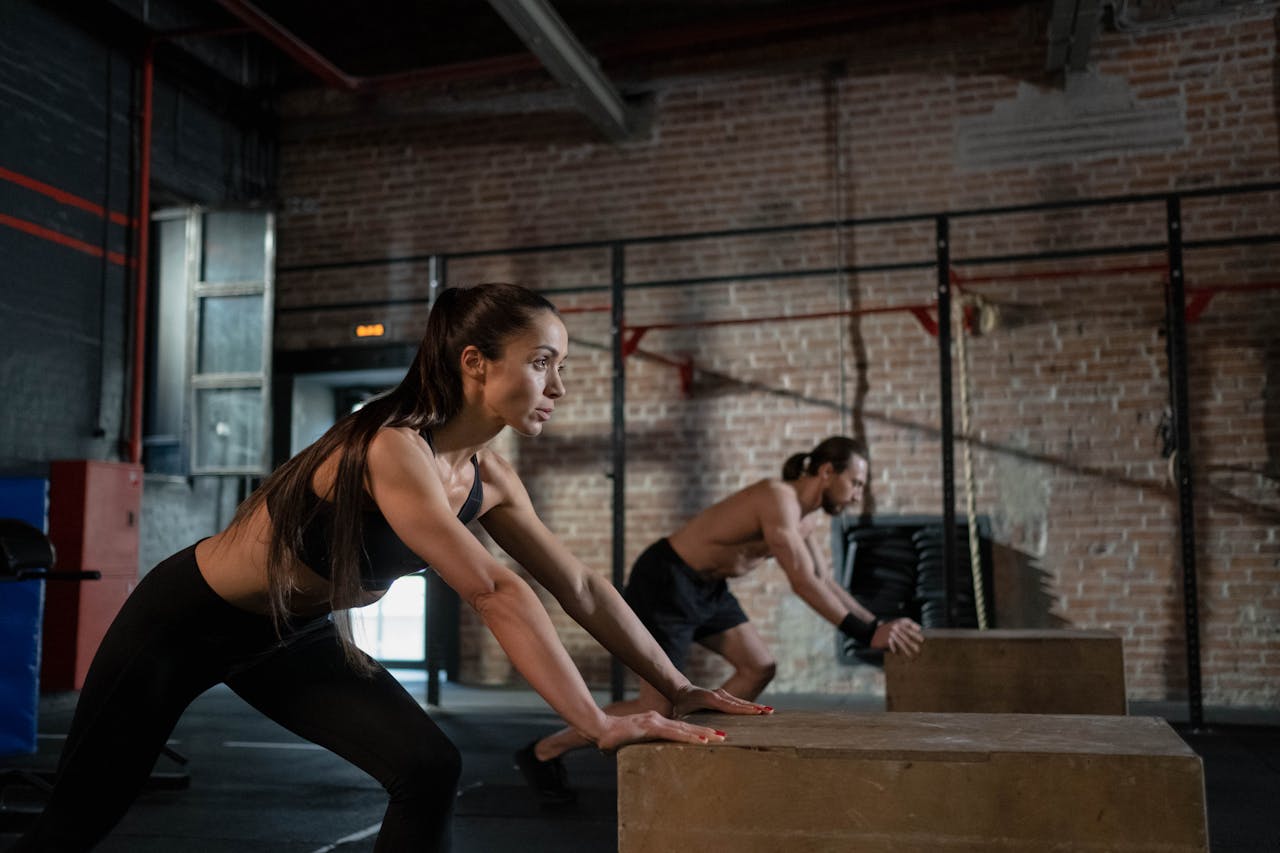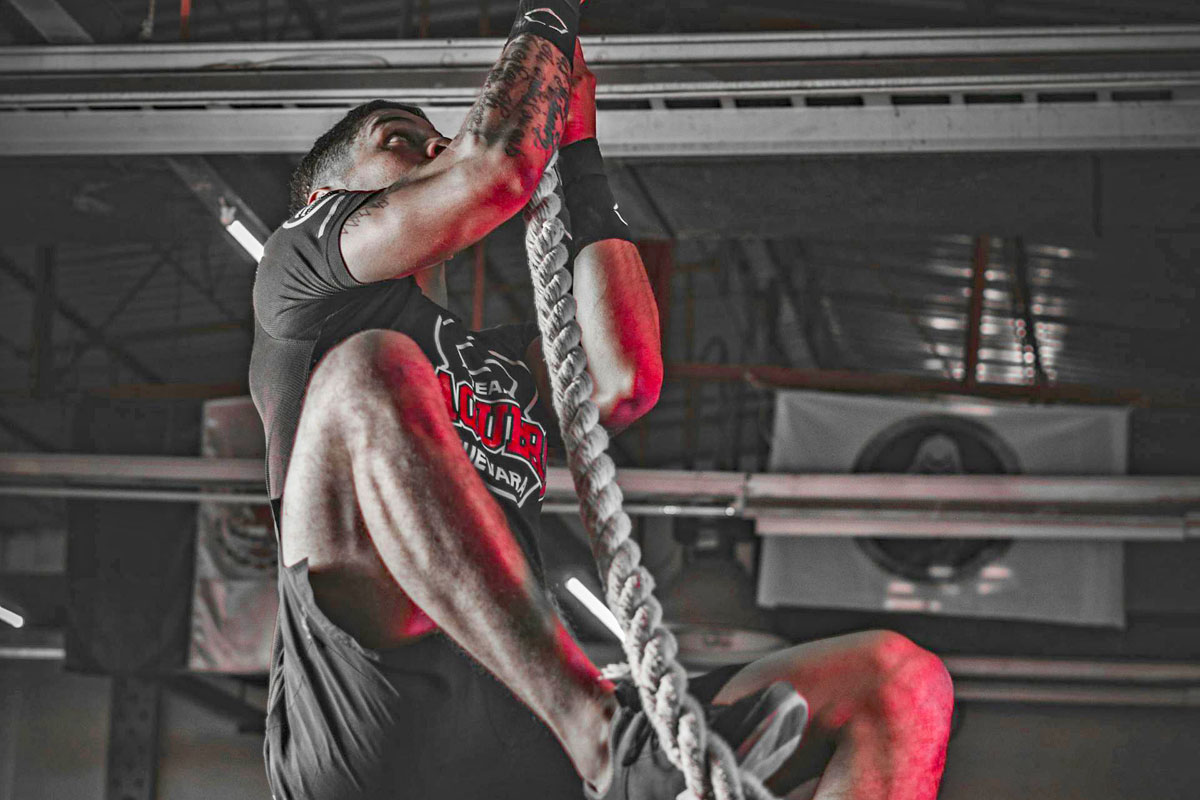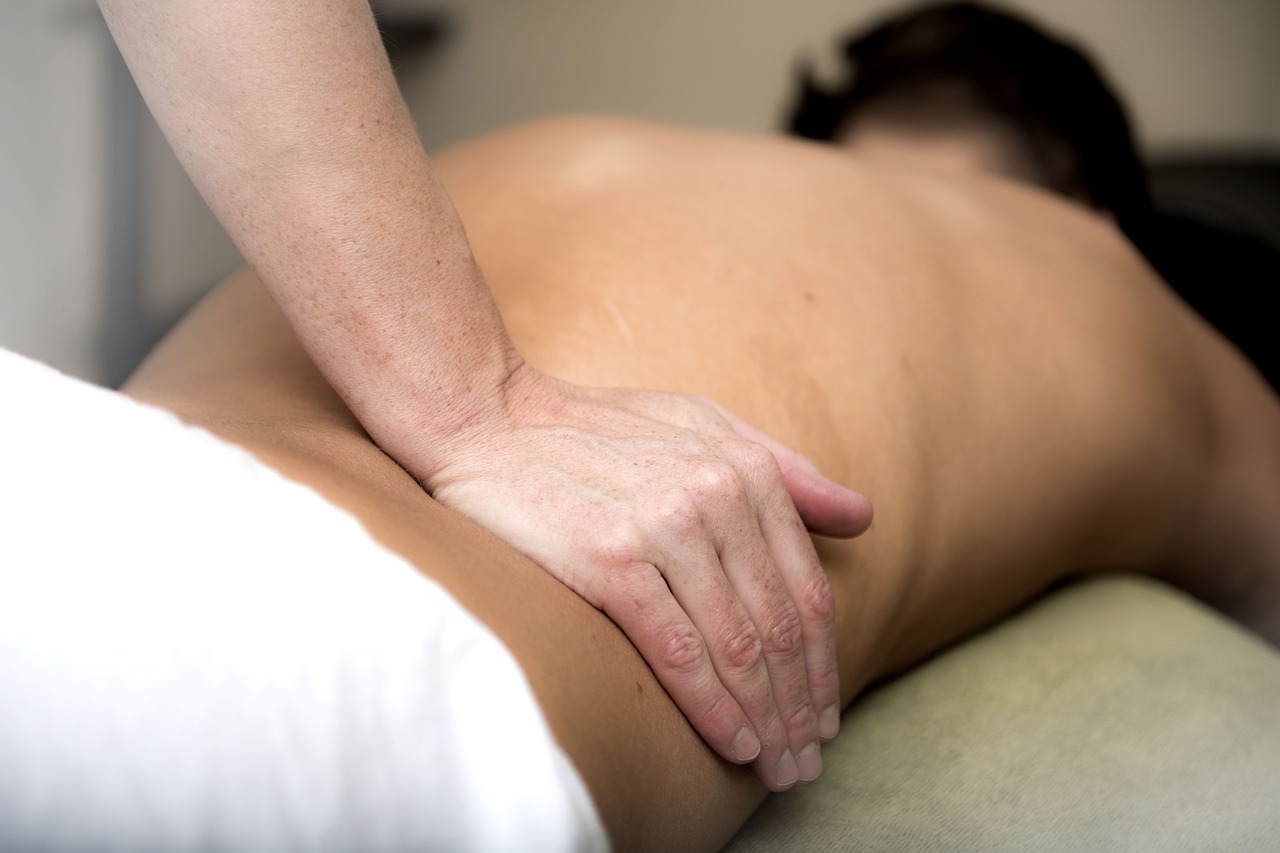Plyometric exercises are specialized, high-intensity training techniques used to develop athletic power, combining strength and speed. These exercises take advantage of the elasticity and strength of muscle tissues to enhance the speed or force of muscular contractions. This means that plyometric training can help you jump higher, move faster, throw harder, and improve performance in nearly any sport.
The Mechanics of Plyometric Exercises
Plyometric exercises consist of two primary phases: the lengthening phase and the stretch-shortening phase. During the lengthening phase, your muscles are "loaded," much like stretching a rubber band. This is immediately followed by a stretch-shortening contraction, the explosive phase where the muscles generate maximum force. For instance, in a squat jump, the movement into the squat position represents the lengthening phase, while the explosive leap upward signifies the stretch-shortening phase.
Examples of Plyometric Exercises
There are countless plyometric exercises that cater to different age groups and intensity levels. For children, activities like hopscotch, jump rope, and jumping jacks qualify as plyometric exercises. For athletes, exercises like box jumps, medicine ball throws, and lateral bounds can push their performance to the next level. Consistent participation in plyometric exercises has been shown to improve muscle power, strengthen bones, and aid in weight control, particularly in children.
Is Plyometric Training Safe?
The American College of Sports Medicine asserts that plyometric training is safe, effective, and enjoyable for children and adolescents when the program is properly designed and supervised. However, it is crucial to differentiate between plyometric training for children and that for mature athletes. Children's bodies, with less developed bone strength and muscular capacity, require modified and less intense exercises. While explosive movements are beneficial, landings must be soft and controlled to prevent injuries.
Should Your Child Participate in Plyometric Training?
Plyometric training can be a highly effective and enjoyable conditioning activity for children and adolescents. If performed under the guidance of a qualified coach or trainer, this type of exercise offers numerous benefits, including enhanced coordination, agility, and overall physical fitness. That said, it should not be a standalone program but part of a broader fitness regimen that incorporates strength, aerobic, flexibility, and agility training. Plyometric exercises are a powerful tool for improving athletic performance and building strength. Whether you’re a seasoned athlete or exploring fitness options for your child, plyometrics can add variety and fun to your workout routine. Remember, the key to success lies in proper technique, supervision, and gradual progression. When done correctly, plyometric training can unlock new levels of physical capability and confidence.













